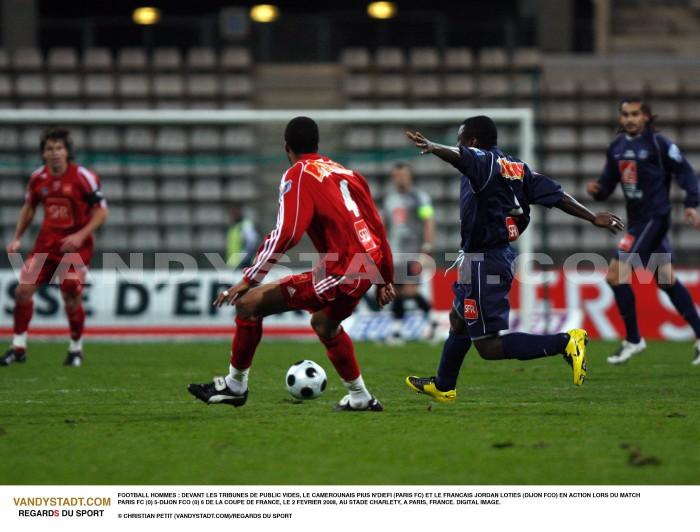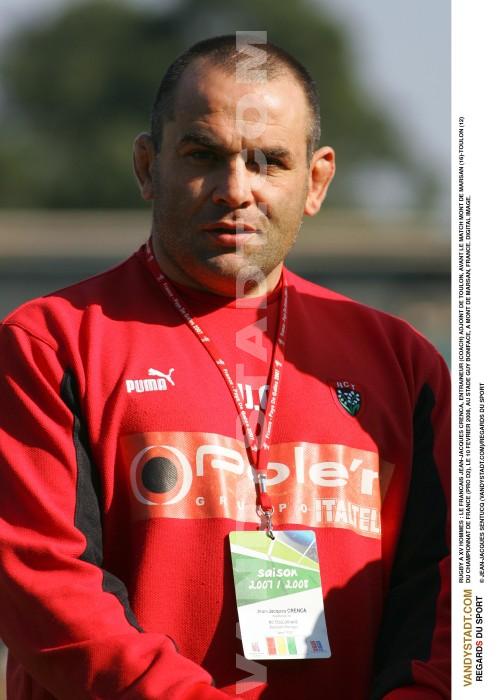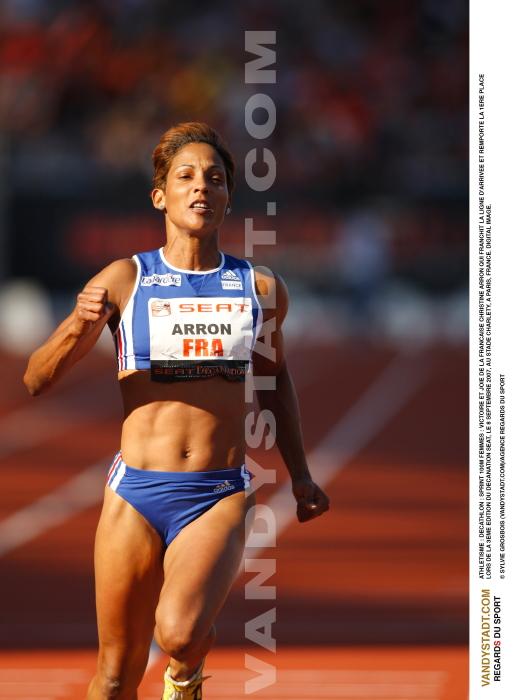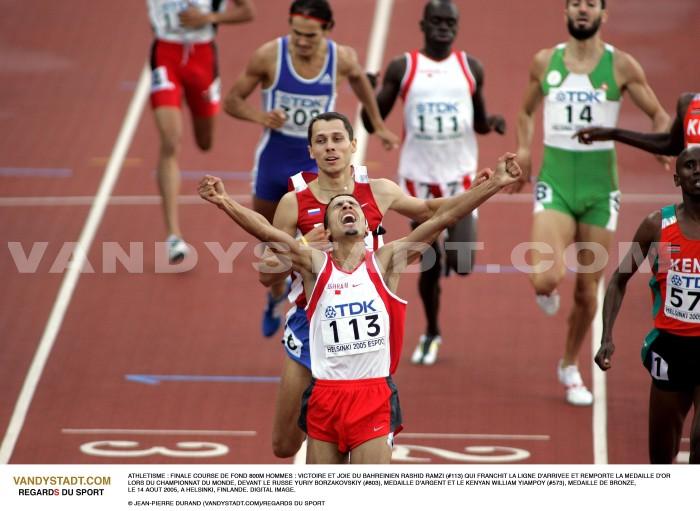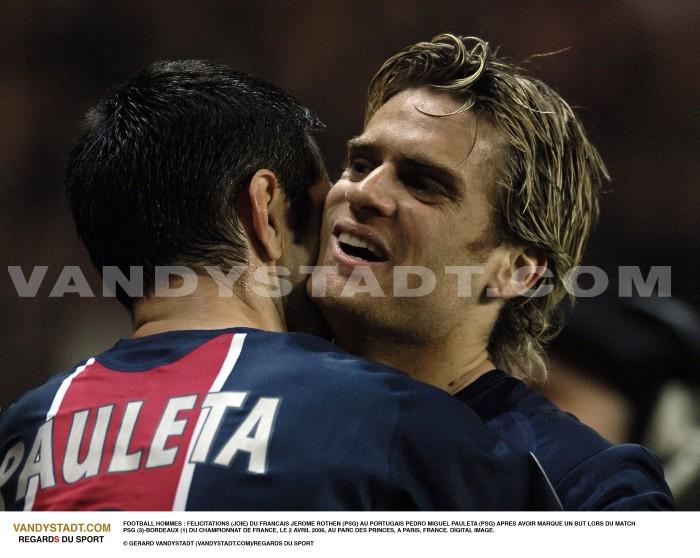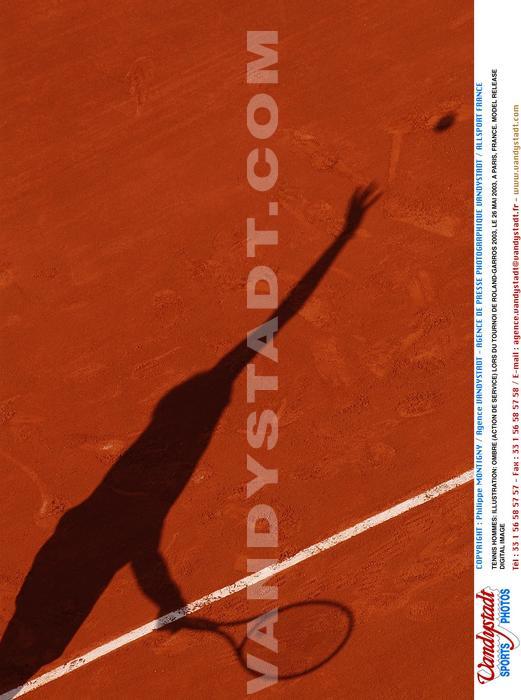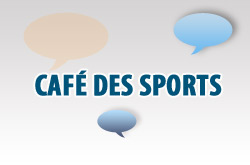Surf - Surf history
Surf
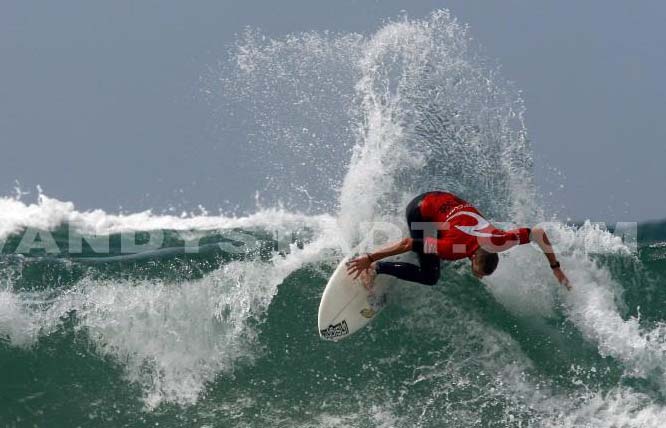
The 'He e'nalu ... .... Means in Hawaiian: the wave drag on and blend with it.
History
Around 400 BC, fishermen Polynesia vied to avoid capsizing in waves from the high after a day's work. We also find surf in the Hawaiian songs from the fifteenth century.
Surfing "new wave" was born in Oceania and developed early this century in Australia (Bondi Beach) and the USA by a certain George Freeth (California for small waves and the island of Hawaii, waves up to 'to 9 meters). The first club, the Outrigger Canoe Club, founded in Waikiki on the island of Hawaii in 1907, is behind the growth of world surfing, competitive sport and leisure. The triple Olympic swimming champion, Duke Kahanamoku, the 'Duke', was one of the first instigators of surfing in the world at the beginning of this century. The first surf championships were held in Hawaii in the 1920s (Pacific Coast Surfing Championship in Corona del Mar).
By 1936, some attribute attempts nearly always failed to pioneers like George Biarrots Hennebute Henry Hiriart or brothers Villalonga. In 1952, Jacky Dacquois Rott attends News at the time the projection of a document devoted to surfing on the beaches of Waikiki. Returning home, he makes the first surfboard French worthy of the name. Without drift, terribly heavy, but it never happen to domesticate.
The first real surfing competition dates back to around 1954 the Makaha International Surfing Championship, held on the mythical spot north-west shore of Oahu, Makaha. Surfers from California, Australia and Peru fought and then proclaimed the first great champion of that time, George Downing.
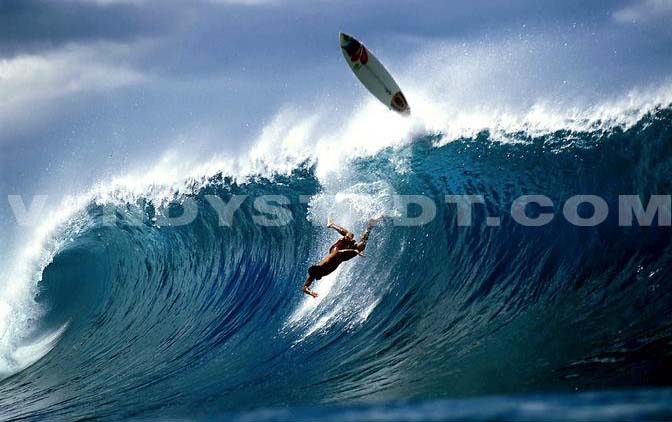
The first appearance of surfing in Europe took place in England in 1931 brought by a Pepino Staffieri who overrated on the shores of Newquay in Cornwall.
In 1959, the first French surf club, the Waikiki Surf Club was founded by millionaire Peruvian Carlos Dogny. Surfing is structured. The brothers De Rosnay create the chic surf club France. Jo Moraïz opened the first surf shop and founded the Biarritz Surf Club. In 1964 the French Federation of Surfing is created, chaired by Guy Petit. Hennebute George, tired of swimming all the time to retrieve his board invented long before everyone "leash". Deterred by the taunts of his classmates, he will not dare to file the patent for this ingenious invention. Surfing wins the Landes and the Gironde coast with two main places, Hossegor, mainly thanks to Jean-Louis Bianco. At the dawn of the 70s, foreign surfers like Nat Young, Wayne Lynch , Mike Tabelling, Gerry Lopez , Jeff Hackman, Valluzi Bruce, Mike Diffenderfer, attracted by the quality of the break-Beach of Hossegor, the sublime left the bar, the majesty of the right Guéthary will give a decisive boost to the French surfing.
In 1977, with the boom of skateboarding, the French Federation became the French Federation of Surf and Skate. Renowned for the quality of its waves, France will naturally attract big surfwear brands (Quiksilver Saint-Jean-de-Luz, Hossegor Rip Curl) and encourage surfers renowned settle on its shores as Gary Elkerton in Lacanau Ocean or Tom Curren in Anglet.
In 1994,
French Federation separates from the skateboard and now takes the name of French Federation of Surf Riding. Some 200 000 surfers in France.
The ISA (International Surfing Association) was founded in 1976 in Hawaii and has 43 member countries.
One of the fathers of surfing is French Joël de Rosnay, Doctor of Science, brother of Arnold (who died in windsurfing China Sea). First champion France in the discipline (1965), is also a specialist windsurfing (national longboard champion in 1988) and Hobie Cat.
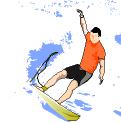
Boards

Originally, the boards were made of hardwood and weighed around 72 kg. Surfing has become a popular sport through the development of lighter boards (up to 11 kg). Since 1960, manufacturers are using lighter materials (polystyrene and fiberglass). The boards are becoming easier to maneuver.
The disciplines and techniques
The longboard, or Malibu, the original surf
A large board with the minimum length allowed in competition is 9 feet (274.5 cm).
Designed on the spot in Malibu California in the early 1950s, this plate broad, heavy, flat with a rounded front allows to follow the wave above but allows the movement and making poses more or less plays performed on the nose of the board grouped under the generic heading of 'nose riding'. The longboard is the perfect board to start surfing due to its stability in water. The first world champion was Australian Nat Young, crowned in 1983.
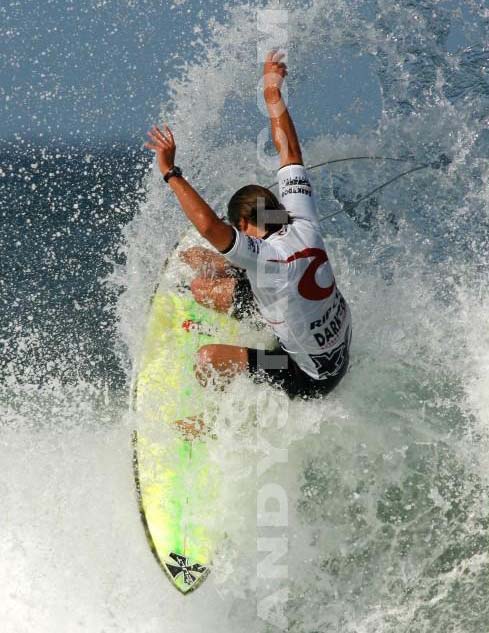
The bodyboard or "biscuit"
It is a short plank about 5 feet long (152, 5cm), part of the exterior is soft (foam polyethylene). Developed by Californian Tom Morey in 1971, it is most often used in the supine position (prone), the boogieboarders helped by a pair of fins short to exacerbate early departures. In rolling waves, he performs acrobatic maneuvers. The "leash" (cord attached to the ankle) joins the board and fins. Among the positions of slides: the "prone" (lying), "drop knee" (kneeling with one foot on the plate) or "stand up" (standing).
Designed by the French Georges Hennebutte to 1968, the "leash" is the elastic thread that links the surfer to his board. Attached to the surfer's ankle and connected to the end of the board, so it allows the surfer not to lose. The Americans have traded in the 70s and have thus helped the growth of surfing worldwide.
The kneeboard
Specialty near the shortboard, kneeboard is the practice kneeling on a board slightly shorter but wider. This is an intermediate discipline between surfing and bodyboarding since the practitioner help each palm to facilitate departures but remains on his knees for the duration of its benefits. The maneuvers performed in kneeboard are the same as surfing.
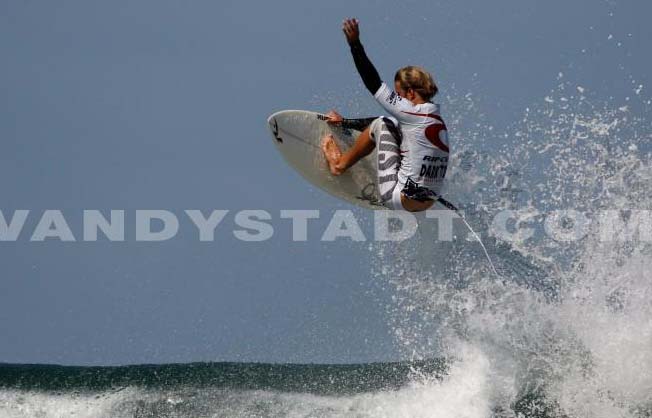
The skimboard
Born in the USA in the 1930s, the skimboard is to surf a wave by launching from the beach. Using a board short, thin and devoid of drift, the skimboardeur uses to launch the thin film of water left by the wave withdraws from the beach to go hit the next wave pulling tricks very similar to those of surfing .
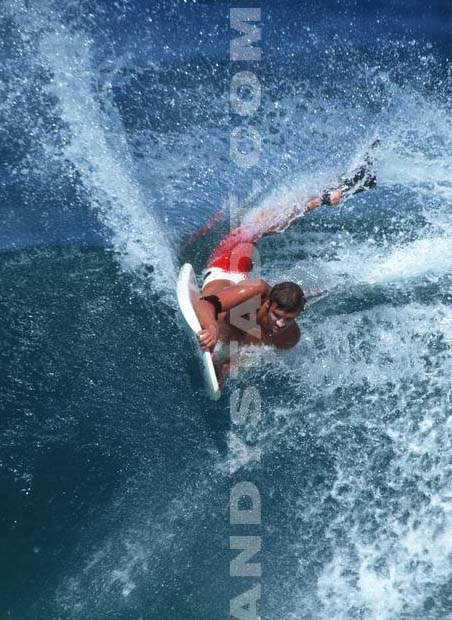
The bodysurfing
The body-surfing is to surf the wave directly with his body. The appearance of bodysurfing is earlier than surfing. It is a demanding discipline which emphasizes the fundamental respect for nature and the direct confrontation with the ocean.
The shortboard
Lighter and shorter, the board is used internationally. The board length is 1.80 m long and 46 cm wide.
The "Big Waves World Championships, a test of big waves between 9 and 18 meters, runs with boards" shortboard ".
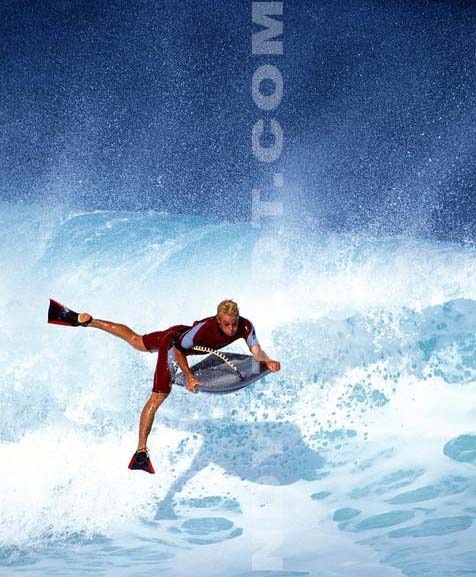
Tandem Surfing
Born in 1920 on Waikiki Beach in Hawaii where surfers were taking tourists on their boards for a ride in the waves, surfing is to perform tandem figures artistic 'worn'.

Kitesurfing or fly surfing or kiteboarding
Surfing on a plate (after surfing with straps or full-board wakeboarding), towed by a kite or mini-parachutes (wind speed between 7 and 40 knots). This new form of slides was developed by two French brothers, Dominique and Bruno Legaigoux the early 90s. The kite (less cumbersome than the veil) replaces the sail and towing and board. By jumping the waves, surfers can achieve more height by using the sail. Kitesurfing is managed by the French federation of free flight.
- Among the followers of kitesurfing: a surfing legend, Robby Naish, and the pioneer Pete Cabrinha of Hawaii and Flash Austin, champion of the world.
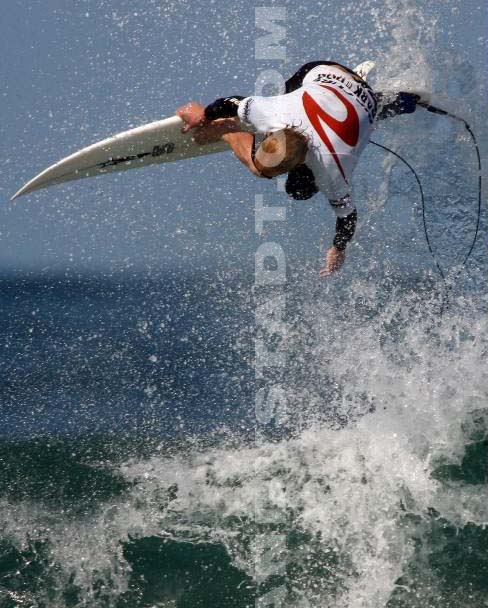
A phenomenon! The Spaniard Gisela Pulido (14-1-94) became in 2004 at the age of 10 years, world champion of kitesurfing on the circuit KWPT all categories (juniors and seniors!).
Scoring criteria and Score Range:
- 0-2: bad surf: show poor control and one or two basic figures.
- 2,1-4: a surf mediocre with control medium and two basic figures moderately executed.
- 4,1-6: a medium surf: the surfer has good control and performs an important figure or radical.
- 6,1-8: sound wave: shows good control over a succession of figures and at least two radical figures.
- 8,1-10: excellent vague with perfect control over the execution of a series of radical figures.
In the history of surfing, the perfect score of 10 was given only twice, in 2005 Kelly Slater at the Billabong Pro Tahiti surfing two waves each rated 10 of 10 (the previous record of 19.93 was also made by him) and at the 2006 Pipeline Masters Andy Irons in Hawaii.
Movements
Departure: take off
It should be at "peak" at the place where the wave is the most hollow. The energy that is then maximum. That's when the surf gets up on his board to get off the wave. The take off is a corrupt city. It must allow the surf to reach the highest possible speed. The late take off, departure delayed, giving greater speed because the surfer is waiting for the wave is as empty as possible to descend. When it is voluntary, the late take-off is well noted in competition.
The shift to bottom: bottom turn

This is the key to a good wave surfed. The bottom turn changes the speed of descent in a stimulus (acceleration) which should allow the surf to go back up wave to follow maneuvers following. The web take off - bottom turn is the maneuver basic surfing. It determines the proper pursuit of sequences on the waves.
Roller

The surf back to the top of the wave. It must rotate his board to back down the wave: the roller. To be the most radical and most spectacular possible, the recovery must be vertical and the surf should be possible to move almost its entire board out of the water. It is a spectacular figure that requires a lot of speed and timing "in its execution.
The cut-back

It is a concatenation of 2 corners which reverts back to the trough of the wave to catch all the energy of it and be able to raise. It is a basic surfing. A good cut-back should not be jerky in its execution. It requires good speed.
The tube

That's when the lip of the wave covers the surf. The tube is the maneuver that accords more with the spirit of surfing (surf and harmony of the wave). It requires total perfection in the placement, speed, trajectory control. It is a very difficult maneuver and very spectacular.
Among
the biggest waves in the world "Jaws" with a height of eight to fifteen meters in Hawaii. Also very popular, the dreaded tube of Teahupoo in Tahiti, a reference to the professional circuit! Other waves legendary Banzai Pipeline, Waimea Bay, Oahu and Back Door in Hawaii, Tavarua in Fiji, G-land Indonesia, Bells Beach and Kirra Point in Australia, El Buey in Chile, Todos Santos in Baja California, Mavericks and Huntington, California, Lafiténia Saint-Jean-de-Luz.
Top Spots French :
Audierne (Finistère) - Lacanau (Gironde) - Seignosse (Landes) - Biarritz (Pyrenees-Atlantique) - Guidel Plage (Morbihan) - Saint-Gilles-Croix-de-Vie (Vendée) - Villefranche (Alpes-Maritime) - Marseille ( range of glassware) - Bastia (range Farinole) - Saint-Gilles-les-Bains on the Ile de la Reunion - Sainte-Anne in Guadeloupe (beach Helleux) and Tartary in Martinique.
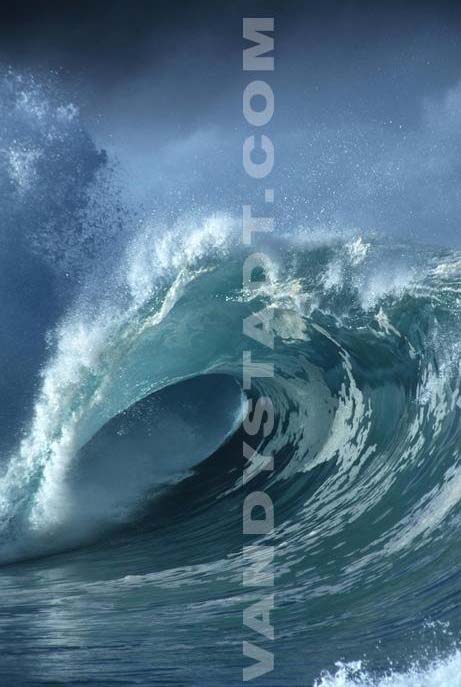
Tracker waves
Billabong XXL
The Billabong XXL awards since 2001 the best big wave surfer in the world. Winners: 2001: Mike Parsons - 2002: Carlos Burle BRE - 2003: Malik Joyeux FRA - 2004: Pete Cabrinha - 2005: Dan Moore - 2006: Brad Gerlach. Since 2005, the Billabong XXL also reward surfers: First winner: Jamillah Star
The Polynesian Malik Joyeux (1980-2005), a specialist in big waves, drowned in December 2005 during a surfing accident occurred on the North Shore of Oahu in Hawaii.
New record :
70 feet or 21.30 meters: the giant wave surfing's Pete Cabrinha in 2004 the famous spot of Jaws. The previous record was held by the Brazilian Carlos Burle , who had surfed a wave of 68 feet in California in 2002.
The 360 °
It is a full turn by pivoting the plate. It is a difficult maneuver, depending on where the wave where it is placed (section), indicating a high tech security and the surf.
The loop
It is both a roller and a cut-back. The surf back up wave and down into the trough of the wave. We must not confuse it with a 360 °. It is a maneuver very spectacular and very difficult to execute. It is very rare event.
The aerial
Abuts the surf on the crest of the wave and took off over it. The surfer must then control its board to rotate and perform his "landing" on the wave. It is a very fashionable in the last 2 years and very difficult to execute in its entirety.
Do you know that the surf is found on the inside point of breaking (the peak) of the wave has the absolute right of priority and during this whole time he surfed that wave. Any other starting surfing this wave is guilty of interference and should be penalized.
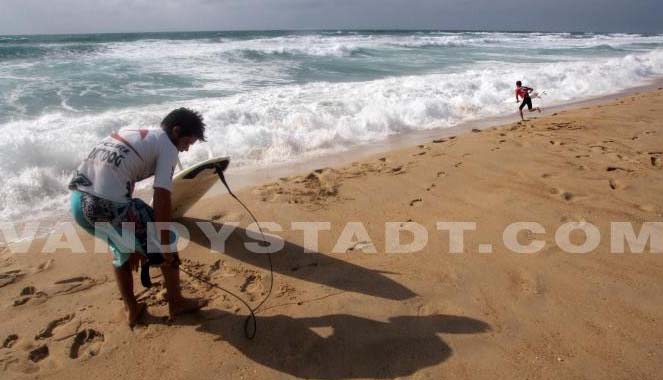
Glossary
Back Wash: wave back, who was going back to sea after hitting the board.
Barrel: describes a particularly hollow wave, a wave tube.
Beach break: waves breaking on sandy bottoms.
Big wave rider: in
idu dripping particularly surfing for very large waves.
Bottom curves: below or features that may be of the underside of a board.
Bottom turn: turn run down wave.
Loop: 360 ° turn executed without slippage on the top of the wave.
Channel: hallway to go offshore to avoid the waves.
Curl: part of the wave which continuously adjoins the point of breaking thereof.
Cut-back: turn the surfer who returns to the point of breaking wave to resume speed and energy.
Right: for a surfer is a wave to the right place when he looks toward the edge. For a spectator is exactly the opposite.
Floaters: is functional is to move a section of a wave surfing on the back of it.
Foil: the longitudinal distribution of thickness of the plate, when we look at it in profile.
Front Side: surf at the wave
Glassy: conditions given by a total lack of wind. The waves are smooth, the ocean like a mirror.
Goofy-foot: said of a surfer who has the left foot to the back of his board. It will front on the left side.
Gun: extreme ironing, very long, for surfing very big waves.
Hang-five, hang-ten: figures of traditional longboard (traditional board 60 years) consisting of surfing as much as possible on the front of the plate.
Inside:
? Part of the reform wave that dug out near the edge,
? said of a surfer who is closest to the initial point of unleashing a wave.
Lip or lip: this is the part of the wave is thrown forward during his outburst.
Line up: is the area where the waves unfurl.
Loose said a board especially handy.
Offshore: blessed wind, blowing dirt, digging and smoothing the wave.
Onshore: wind cursed, blowing off, deteriorating the quality of the waves, creating choppy.
Outside: the opposite of the inside, describes the waves that break off.
Peak or Peak: formation of regular waves, breaking on a stable background, fixed as a bay or rocky point.
Reef: coral or rocky bottoms.
Reef-break: Waves breaking on a rocky bottom or coral.
Re-entry: forceful maneuver performed in high wave.
Shore-break: vague or part of wave breaking on the shore.
Skurf: be pulled on board a motorboat.
Snap back: comparable to a cut back, executed brutally, without slippage.
Spin out: critical situation encountered when the drift or the board of a surfer are more in contact with water.
Spot: unfurl particular place where the waves of interest.
Tube: cylinder liquid that occurs around the point of breaking waves particularly hollow.
Tube ride: the queen maneuver surf riding, which is to go and out of the liquid cylinder.
Three hundred sixty (360) by skidding and successive surfer makes his board run a full turn.
Tricks: innovative maneuvers developed by young generations. Their interest in their degree of difficulty is often difficult to assess (see Tail slide).
Wax: Scented paraffin which the surfer coating the top of his board to avoid skidding.
Wings (or flyers): kinks present on the back of certain plates, intended to increase maneuverability.
Wipe out: fall.
Copyright Sportquick/Promedi








